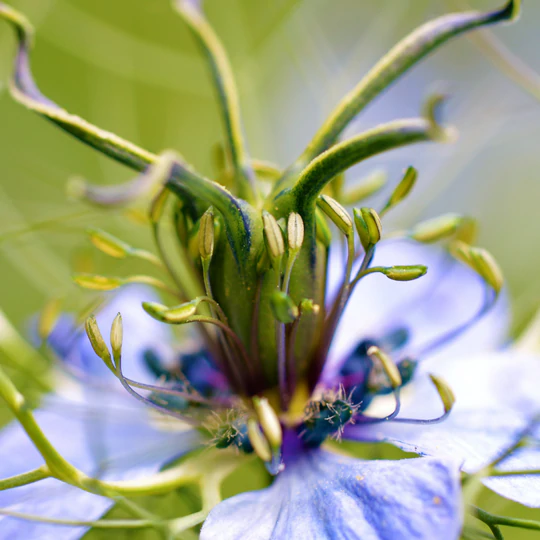Top 5 Unique Flower Seeds
Have you ever seen a flower so bizarre that you wish you knew what you were looking at? Or maybe you’re interested in adding some interesting conversation starters to your own garden. Sometimes in the garden industry, we come across a few crazy-looking plants that we’re sure to take note of. Check out our top 5 most unique flower seeds below, for some inspiring-uniqueness!
1.) Lion’s Ear
Used for its traditional medical properties, Lion’s Ear (also known as Lions Tale and Wild Dagga) is native to South Africa. Shooting spikes of unique orange blossom up to 6 feet high, their blooms resemble that of a lion’s ear or tail. Traditionally cultivated for teas, Lion’s Ear was used to treat parasites, asthma, skin diseases, epilepsy, etc.
To grow your own Lion’s Ear, sow your seeds indoors in early spring. In zones 9-11, transplant your seedlings to the garden in full sun once the soil warms after the last frost. Easy to care for, Lion’s Ear is drought tolerant but does not like overwatering. They’re container friendly & can be grown as a perennial when taken indoors during the colder months.
2.) Cerinthe
They are described as unusual for their unique downward-facing blooms and intense purple and blue Hughes. Cerinthe is also known as the Blue Shrimp plant and Pride of Gibraltar. With cooler evening temperatures, Cerinthe changes from vibrant purple to deeper-dark blue. An excellent source of nectar for bees and great for cut flowers.
Originally from the Mediterranean, you can find Cerinthe growing in zones 7 to 10, in mixed borders, beds and pots. Growing up to 24″ tall, place your Cerinthe in a dry, sunny location for it to thrive. These easy annuals are easy to grow, deer resistant, drought resistant and perform well on patios!
3.) Kale Crane Feather King
This hybrid kale has been carefully crafted to add flair as a cut flower! They are known for their silvery grey doily-shaped leaves and a contrasting pinkish-purple center. Kale Crane Feathering King adds tons of interest to bouquets with their flower-like stems.
Sow Kale Crane Feathering King seeds in flats July and August, transplanting seedlings once two or three leaves have formed. 90-120 days later (November or December), your flowers will be perfectly timed for fall and winter bouquets! Pair your Kale Crane Feathered King with Crane Feather Queen for a march made in heaven, adding plenty of contrast.
4.) Native Shooting Star
Pushing itself from the inside out, the Native Shooting Star reaches its pistol outward in the form of a shooting star. These perennials are native to North America in twelve different varieties.
Also known as Dodecatheon, the leafless flowers reach 18 inches tall and produce 8-20 flowers per stem. In zones 7-8, 14-24, the Native Shooting Star grows to its best ability in partial shade and can tolerate rocky soil and even woodlands.
5.) Nigella
Also known as Love In a Mist Plant or Devil-In-A-Bush, Nigella symbolizes harmony and love. Nigella is a unique flower that comes in various blues, whites, pinks and purples, with petals reaching above and below its showy brackets.
Initially found in South Europe and North Africa. Nigella is 15-24 inches tall and can be grown in zones 2-11. These annual treasures prefer total sun exposure and well-drained soil. If planting in a container, use a pot no less than 7 inches deep and wide.






















